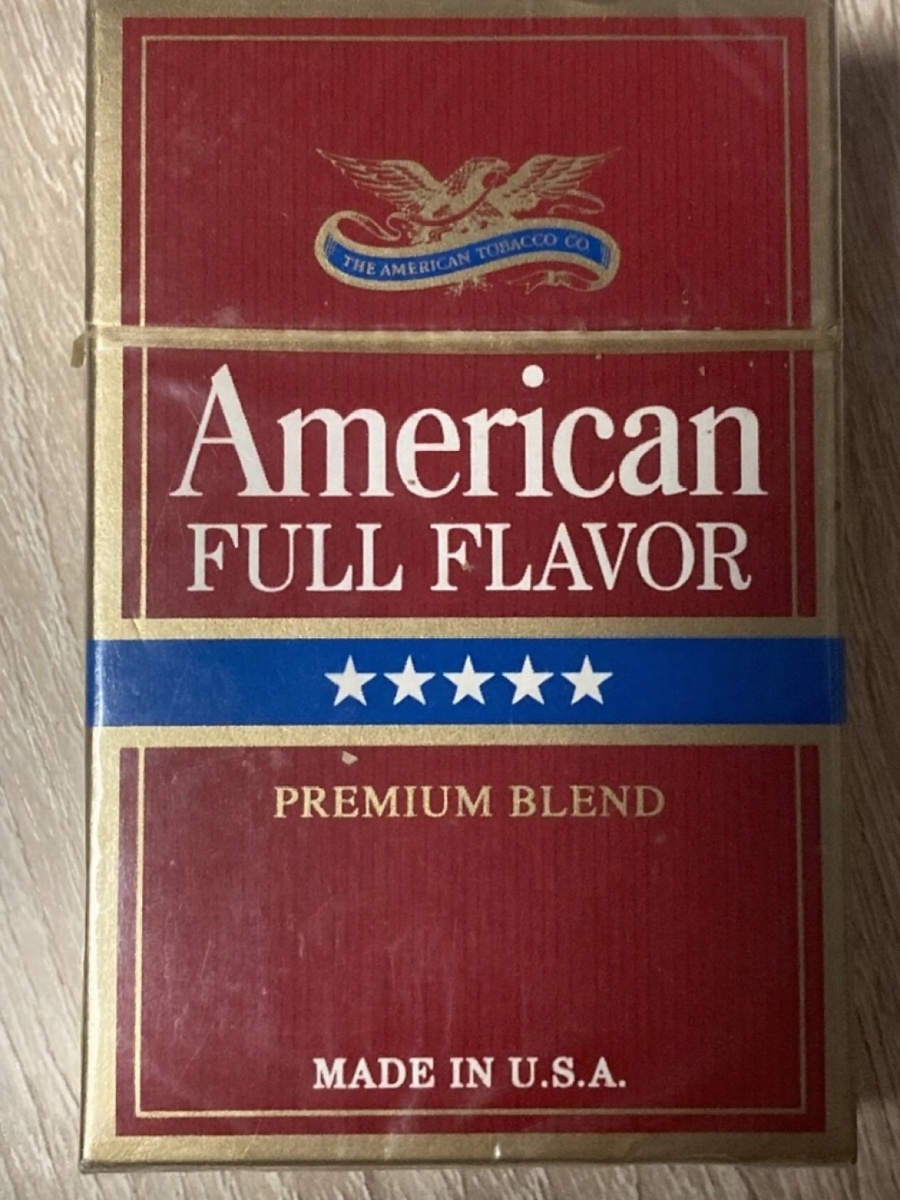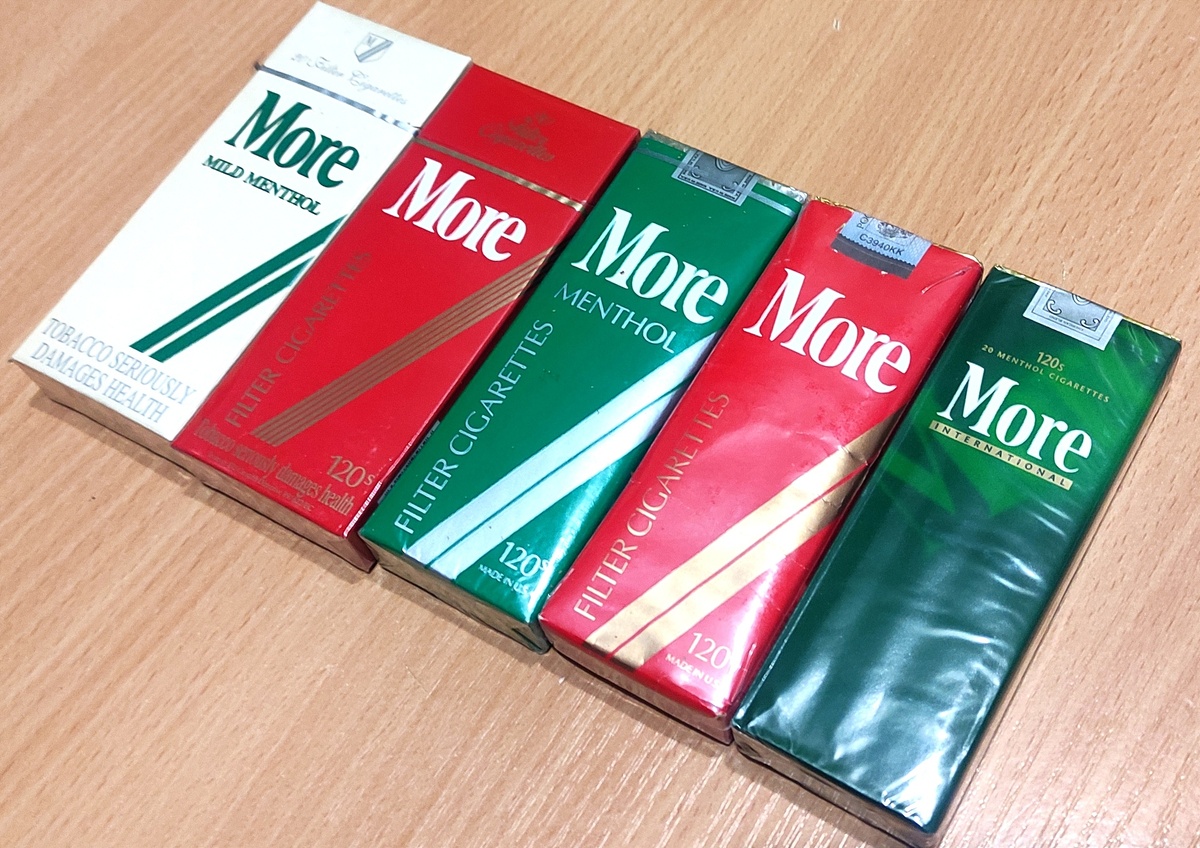The Top 5 American Cigarettes of the ’90s That Flew Off the Shelves (Besides Marlboro)

There was a time when a pack of American cigarettes in your pocket felt like a small badge of arrival. The 1990s had a particular smell—freedom, gasoline, cheap beer, and the punch of well-cured tobacco. Corner stores and gas stations stacked rows of Marlboro, Winston, Camel, Lucky Strike—neat lines of dreams behind cloudy glass. Some people lit up on stoops or behind the building after a first paycheck; others in paneled offices, sunk into leather chairs.
Cigarette smoke mixed with the scent of winter coats, fresh paint, and a new life where everything felt like the first time—even the taste of a cigarette. Those who remember the ’90s know American cigarettes were more than a habit then. They were a symbol that the world had finally opened up, even if it carried the robust, tart, slightly bitter smell of strong tobacco.
L&M: The Cigarettes That Felt “Like Yours”
If Marlboro were a symbol of success, L&M were a symbol of everyday life. Simple, accessible, reliable. They were produced by Liggett & Myers and Philip Morris, and each version had its quirks. In the ’90s, L&M offered a few tiers: Filter, Mild, and Lights.

I remember L&M Filter in the red pack. A classic—nothing extra. 14 mg tar, 1 mg nicotine. Pretty standard on paper, but there was something special in the taste: a faint bitterness, a hint of toasted bread, and even a touch of sunflower seed in the smoke. You’d smoke one and understand why these were nearly cult. They didn’t pretend to be “elite,” yet they could easily compete with Marlboro or Winston for flavor. Back then, in the mid-1990s, a pack ran just a few dollars—cheap, consistent, tasty.
Pall Mall: An Old Gentleman with an American Accent
Pall Mall, in my view, were the most underrated cigarettes of the ’90s. Made by The American Tobacco Company, and honestly on the same level as Marlboro, they just had a different character. A pack held 20 neatly rolled cigarettes with a classic filter, 15 mg tar and 1.2 mg nicotine. Both American and European versions were sold. The European ones felt a bit softer; the true American ones had a richer taste.
In Pall Mall you could pick up nutty and herbal notes—sometimes even a touch of roasted peanut. This was warm, mellow tobacco with a rich aroma that really lingered. They didn’t make a lot of noise or shout; they were simply quality. Maybe that unassuming nature is why they were forgotten.
American: Bold Tobacco and a Proud Name
The first time you saw a pack of American, it felt like holding something official—almost governmental. A red pack, a gold frame, a crisp “Made in U.S.A.”—and that was it: you believed you had the real America in your hand, no fakes, no compromises. There were plenty of “pseudo-American” brands in the ’90s. These were on shelves until about 1995–96 and were priced right in the middle for the time.

American had a dense, saturated taste with woody notes and thick, spicy smoke. As you smoked, the smoke wrapped your palate, leaving a long, assertive aroma on your fingers afterward. Marlboro were a bit softer, more urban; these felt working, simple, honest. Smokers used to rugged tobacco picked up on that right away. No sweet casings, no artificial shine—just the raw, real flavor the way it ought to be.
North State: For Those Who Didn’t Look for the Easy Way
These cigarettes were a trial by fire. North State, by Brown & Williamson Tobacco Corporation, stood out for keeping a powerful profile even in the ’90s: roughly 25 mg tar and 1.5 mg nicotine. Just those numbers can make you dizzy today, but back then it was normal. You take a drag and it’s like swallowing a piece of smoke—weight in your throat, heat in your chest. Strong pulls were for the brave.

And that was precisely the charm. Their tobacco had a peppery, slightly campfire aroma, as if the smoke passed through embers. It wasn’t flavor for pleasure’s sake but for sensation—sometimes rough, yet unmistakably American. Smokers who wanted to really feel a strong U.S. blend chose them. You won’t find much like that now; strength has been sanitized, made neutral. Back then every drag felt like a dare.
Important: Tar and nicotine yields reflect machine measurements from that era and do not indicate safety or actual exposure.
More: Slim, Long, and Full of Character
And finally—More. Those long, brown cigarettes many waved off as “for women.” Not so. They were special. The 120’s format—120 millimeters—meant you could smoke for 5–7 minutes, and each pull revealed the tobacco in a new way.

More Menthol, of course, were softer—minty, with peppery freshness. Classic More were a different film altogether: a creamy-woody tobacco with a dry finish and no cloying sweetness. The smoke carried a refined, old-school American tone—slightly vintage. There was something artistic about them—not mass appeal, but a mood.
Sometimes it feels like the ’90s smelled not only of gasoline, fresh laundry soap, and Juicy Fruit, but of tobacco too—real, robust, saturated. Cigarettes were part of the age, part of the image. Back then people didn’t smoke for appearances; they smoked because it was part of everyday life—with friends, on the porch, in the garage, out fishing.
L&M, Pall Mall, American, North State, More—each was interesting in its own way. And while Marlboro remained the symbol, these brands stood right beside it, without conceding in taste or aroma. Time simply wiped them from the shelves.
So here’s the question: if those same ’90s cigarettes returned today—with the same tobacco, the same smell, the same vibe—could they become legends again? Or are we different now?
Bottom line
The ’90s delivered a distinct American cigarette palette—from L&M’s honest, everyday flavor to Pall Mall’s mellow warmth, American’s straight-shooting boldness, North State’s punch, and the long, stylish draw of More. Nostalgia aside, each carved out a character that still resonates: less polish, more personality.
Disclaimer: This article is for historical and informational purposes only. Cigarette smoking causes lung cancer, heart disease, emphysema, and may complicate pregnancy. Nicotine is an addictive chemical. Always follow local laws and regulations.

